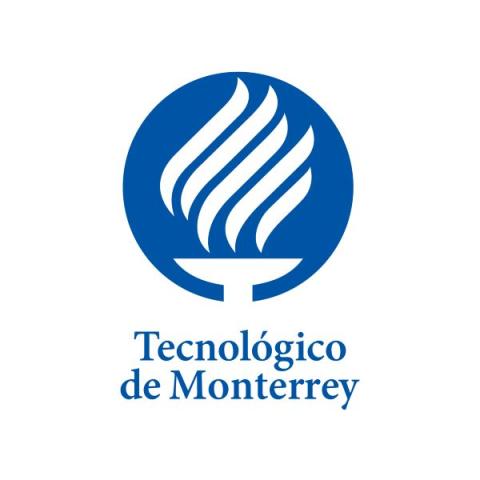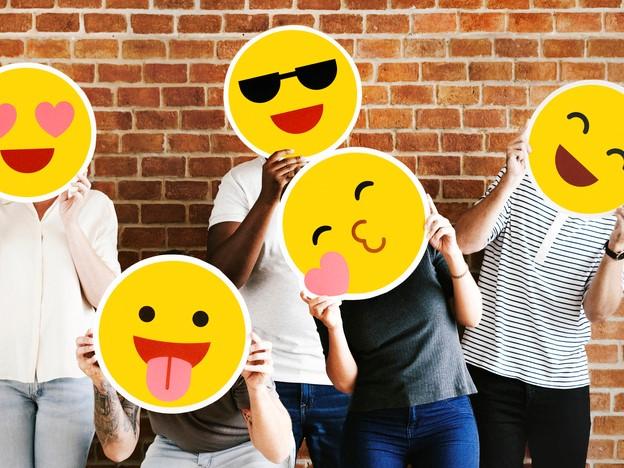
Engage Gen Z students by integrating TikTok into your teaching
Social media provides online spaces where individuals and communities can interact and share photos, videos, opinions and interests related to their daily lives, academic or work achievements, and social activities. This makes it a powerful educational tool.
Our current students are particularly interested in TikTok, which hosts short videos, covering everything from comedy, news and recipes to tutorials on computer repair. Educators can harness the popularity of TikTok to encourage students to generate and exchange their own ideas and acquire and evaluate new knowledge and skills.
Here are four simple ways to use TikTok in your teaching.
1. Personal presentations
At the beginning of the semester, tutors can ask students to record personal presentations, guiding them as to what key information should be included. What is covered in the introductory videos should be aligned to what criteria will be evaluated, such as the student’s interests, their major and their expectations for the course.
Once all the videos are published on TikTok, we can ask students to watch their classmates’ videos and comment on those they find interesting or have something in common with, encouraging students to form connections with one another.
2. Break topics into short simple segments
TikTok’s videos address concepts, explanations and demonstrations very concisely. They are ideal for breaking up topics into component parts that can be explained in just one- to three-minute segments.
Taking art history as an example, a series of short videos could be created, where each one explains the main characteristics of a different art movement such as the Renaissance, Realism, Impressionism and so on.
Tutors could develop a series of videos that summarise all the key concepts in a single unit or module so that these can be reviewed by students in the future.
- Promoting learning with TikTok: 10 tips for engaging students
- What I learned from spending three years researching TikTok
- Resource collection: Social media: how to make it an academic friend not foe
3. Reflections of learning
Students can share their reflections on recent course materials or class activities through videos. For example, after discussing a topic in class, students may be asked to provide a personal reflection about their position or the conclusion they would draw regarding the topic discussed.
Such videos could also be used as a way to check reading comprehension. Instead of writing a summary, students can be asked to create a video about the assigned reading ahead of class.
For example, before a pedagogical theories class, the teacher may share a reading list covering different pedagogical theories such as constructivism, cognitivism, humanism, behaviourism, traditionalism, among others. Before the class, students must read the material and create a TikTok video where they discuss the main characteristics of the theories. These videos could be reviewed at the beginning of class to provide context for further detailed discussion about these theories and how they might be applied.
4. Presenting projects
TikTok videos can be used to evidence students’ work such as final projects.
Tutors could ask students to create a video pitch relating to their project, meeting set characteristics or evaluation criteria, such as: clear and engaging communication, keeping to a three-minute time limit, crafting a compelling introduction and conclusion, demonstrating how the project works.
For example, as part of the final project in a professional communication course, students record a TikTok video pitch in which they have to sell a product they have designed for the course. This provides a valuable learning experience for students but also gives the teacher additional evaluation evidence.
An alternative option is a video explaining the process of completing the final project, with similarly specified evaluation criteria, such as the input of all team members, reflections on what worked, what proved challenging and how the team found solutions, and explanations of the initial, middle and final sequences of the project's construction.
It is important to decide if your TikTok learning community will be closed, offering privacy to students, or open, allowing wider outreach and engagement. This will depend on the nature of the work or content you plan to share, on your students’ preferences, your teaching profile and your institution.
If the content you post is designed for public use, you can keep your community open. However, if the content you present contains intellectual property or personal details that you and your students do not wish to share, keep your community closed. If your students want the content they produce to be available for public use and public display, they can share this on their own public profiles.
To build a learning community, we recommend that students follow their classmates and teachers on TikTok.
The possibilities for using TikTok in our teaching are endless, so get creative and think about how you can adapt it to your needs.
Mariana del Sol González Sierra is a pedagogical architect at Tecnológico de Monterrey.
If you would like advice and insight from academics and university staff delivered direct to your inbox each week, sign up for the Campus newsletter.




